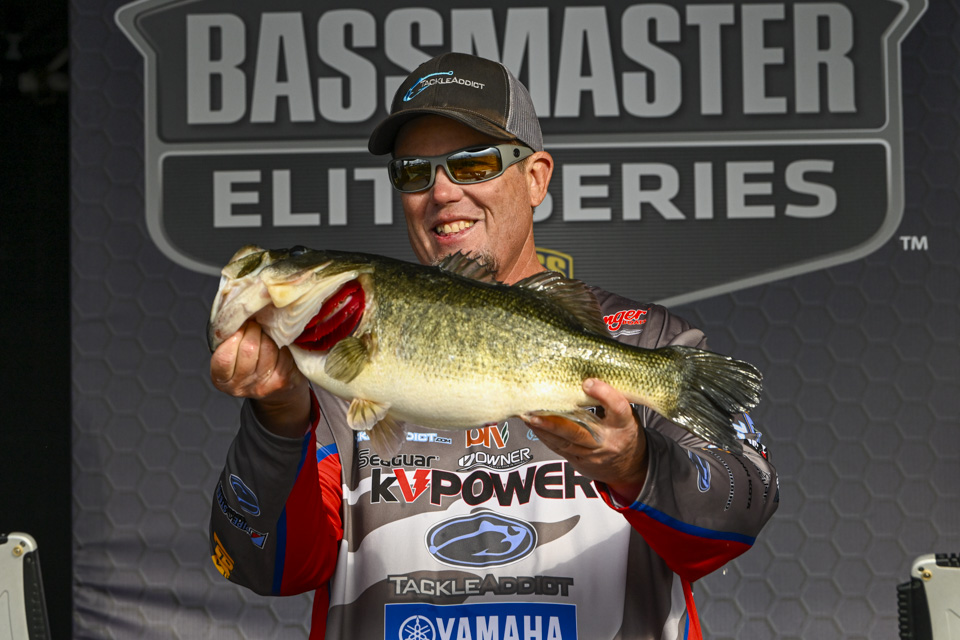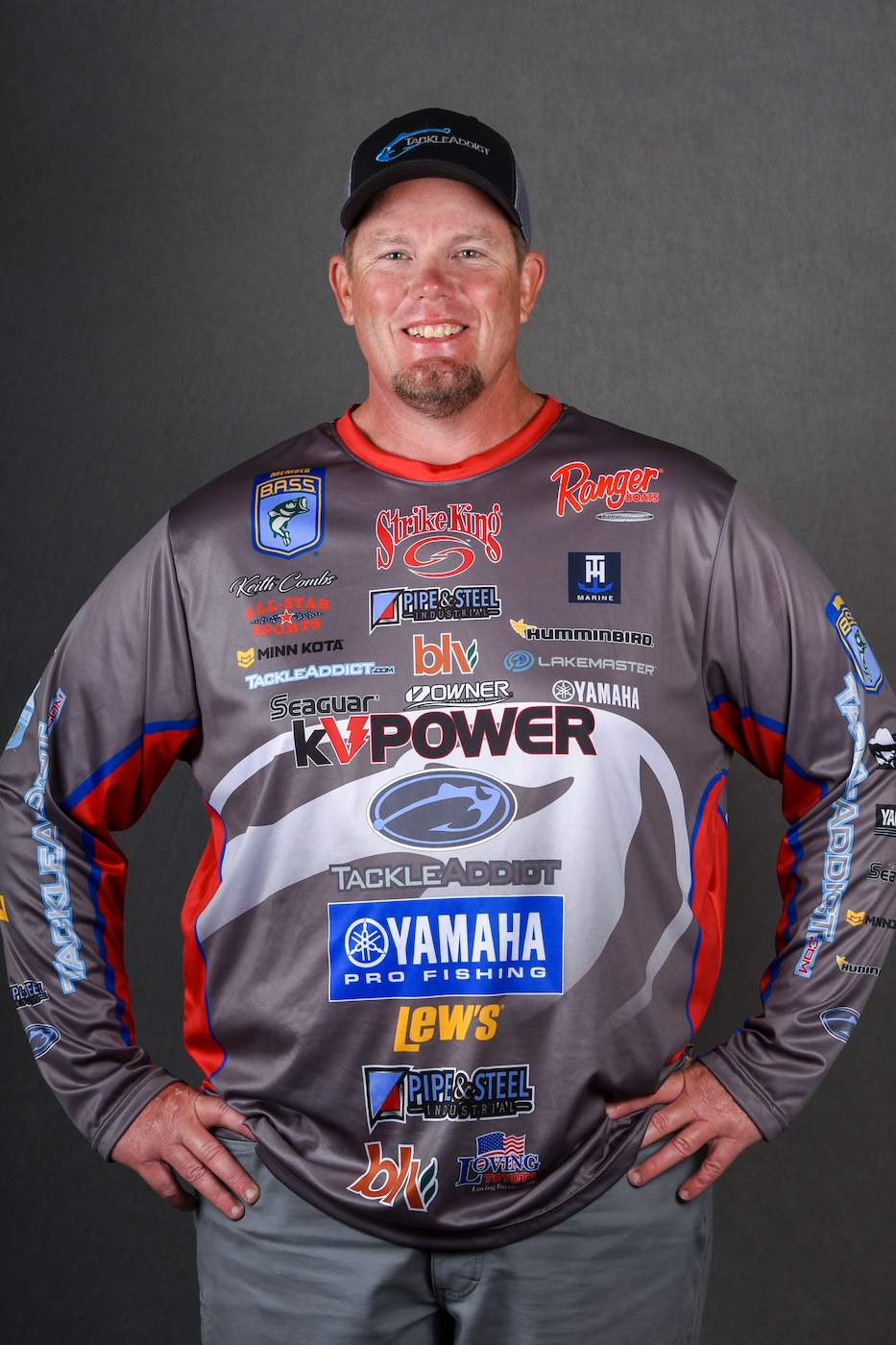
In recent years we’ve seen all sorts of new bass lures, including lots of finesse rigs and several new ways to rig plastic worms. In all of the excitement a lot of bass anglers have put away the good old Texas rig. That’s a mistake. It may be older than dirt, but it still catches fish everywhere bass live.
I didn’t catch my first bass on a Texas-rigged worm, but it was the first presentation I really worked hard to master. Whether you’re fishing thick cover down the bank or headed offshore, it’s equally viable.
No matter what sort of cover you’re fishing, from the thickest trees to barren ledges, there are times when no other profile will entice nearly as many fish — and there’s no better lure for really big fish. In fact, one of the two biggest bass I’ve ever landed came on a big worm, and I can’t even begin to guess how many over 10 me and my guide clients have caught with it in Texas.
In addition to the fact that big fish really seem to like a worm, it has several other advantages. Perhaps the biggest is it has an extremely high hook-to-land ratio. They tend to hold onto it for a long time, and once they’re hooked they rarely get off except in cases of angler error.
I typically rotate through about seven or eight styles of traditional plastic worms, but in recent years I’ve generally narrowed it down to four major players.
The first is Strike King’s Perfect Plastic Zeus Worm. It was originally available in a 7 1/2 and 9 1/2 inch sizes, but recently they added a 12-incher too. It has a big profile but also a thin body. It gets their attention and has great hook penetration.
That’s my go-to, but in situations where the bass are more aggressive I’ll often switch to the Twin Tail Menace Worm or the Rage Cut R worm. I often pair them up with a 1/2-ounce sinker and use them not only to get the school fired up, but also to pluck out the biggest members of that school.
When it’s a really tough bite but I’m certain that I’m around big fish, I’ll rig up the Perfect Plastic Bullworm. It has a flat bottom. Rigged up with a light weight, often a 5/16-ounce model, it’ll drift around the cover, going left-right-left-right.
Color is also important. When fishing offshore I truly believe something red is often your best choice for triggering big bites. Try a color like Melon Bug and I think you’ll be surprised at how much your catches increase. Alternatively, consider plum or any combination of black and blue.
When you’re fishing offshore you’ll need a long rod for casting long distances and getting a solid hook set, so I use a 7-foot, 6-inch heavy action Lew’s Custom Lite paired with a 7.5:1 Lew’s HyperMag casting reel. That high-speed gear ratio helps you make more casts and also enables you to pick up line as a fish holding your worm charges at the boat. I most frequently spool it up with 17-pound test Seaguar InvizX which has minimal stretch for detecting strikes and also provides incredible abrasion-resistance.
Historically, when I’ve had novices get in my boat, their biggest struggle was in getting a solid hook set. Mastering that is critical. With a big worm, you’ll usually feel one or two taps. You want to hesitate a moment, let him take a little line, perhaps for about a second, and then reel through a long, sweeping set.
One other tip: Be sure to peg your sinker. It helps keep your worm straight, which will not only get you more strikes, but will also prevent line twist.
The only thing almost as old as the worming technique is the hook that I’ve used. It’s a 4/0 or 5/0 Owner Offset Wide Gap worm hook. They’re super-sharp, don’t bend out and fit the worms I use perfectly. You can trust them, just like I do.
So the bottom line is it doesn’t matter whether you’re fishing in Florida, Tennessee, Texas or anywhere else that bass swim, you need to have a Texas-rigged worm ready to go. It’s remained deadly because it’s so simple, natural and effective.
As others have strayed away from this proven technique there’s even more reason to keep it in your arsenal.





